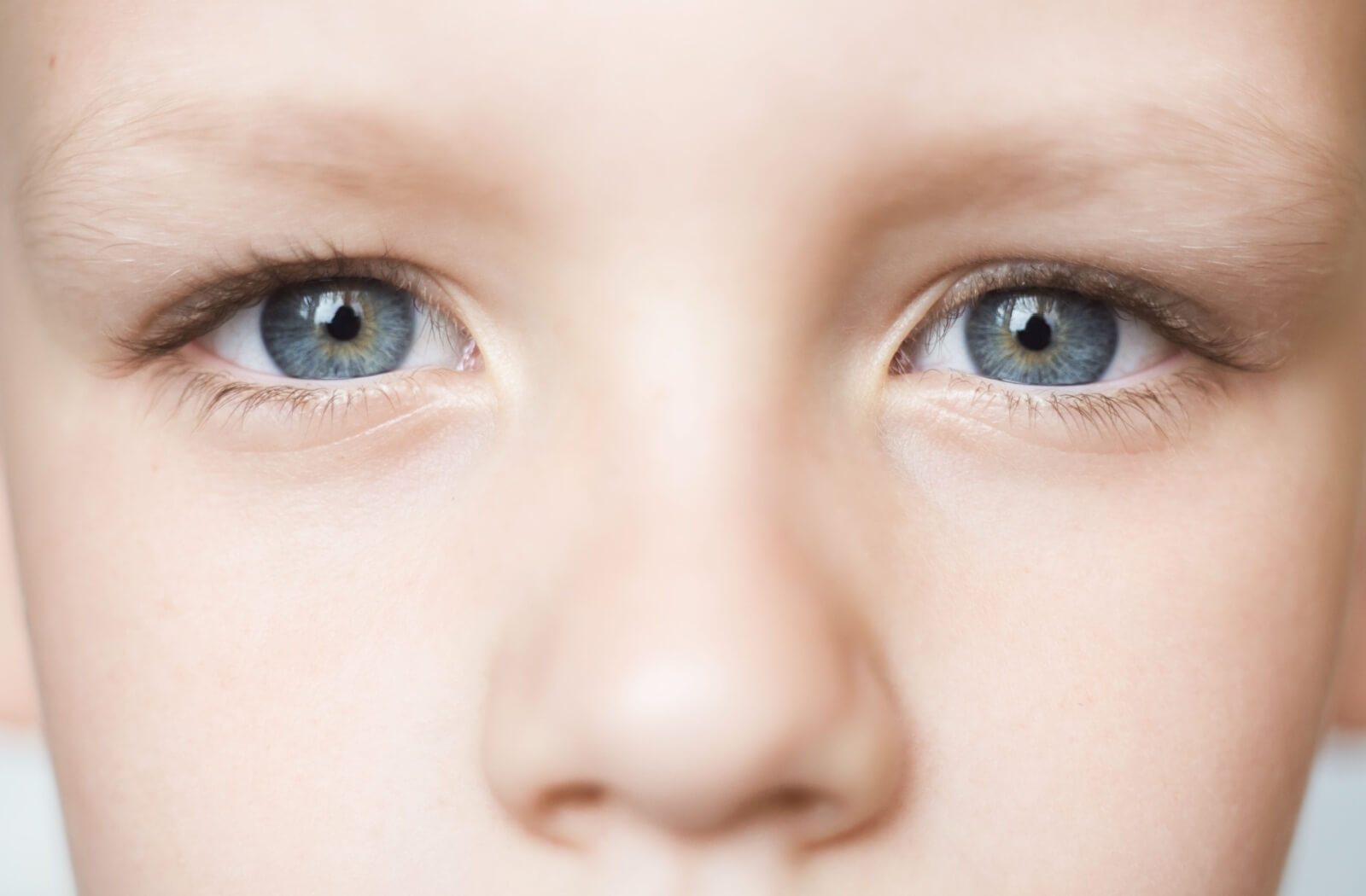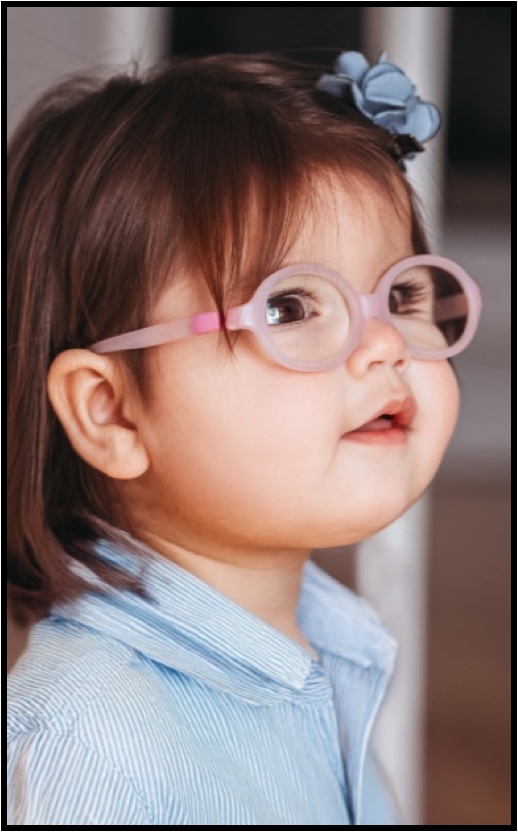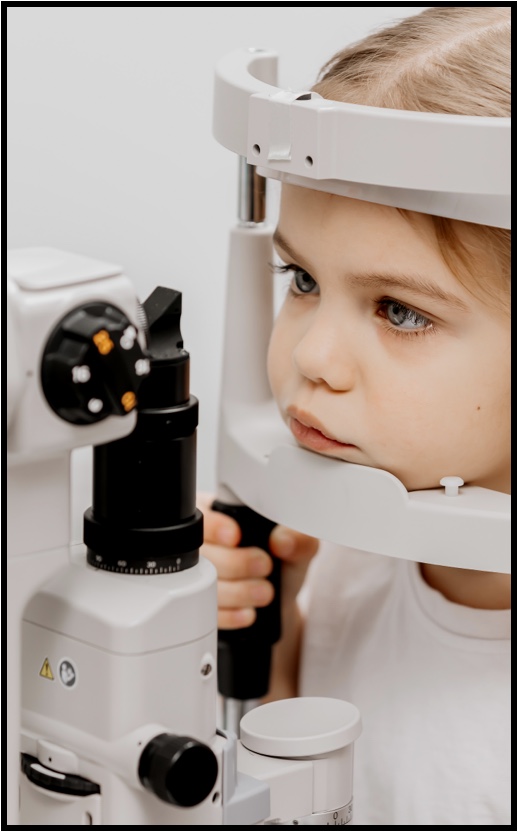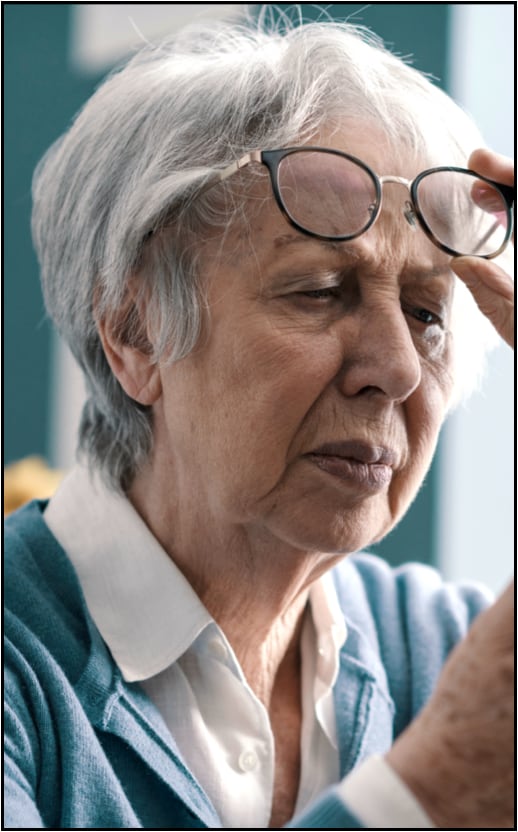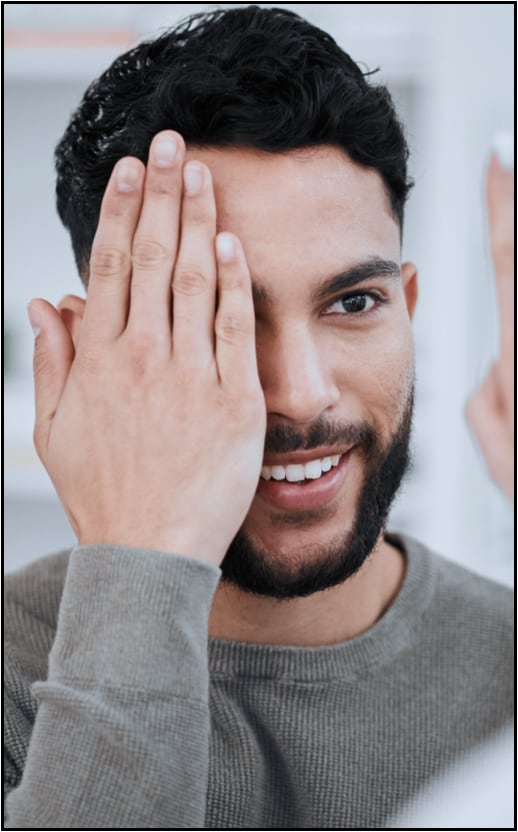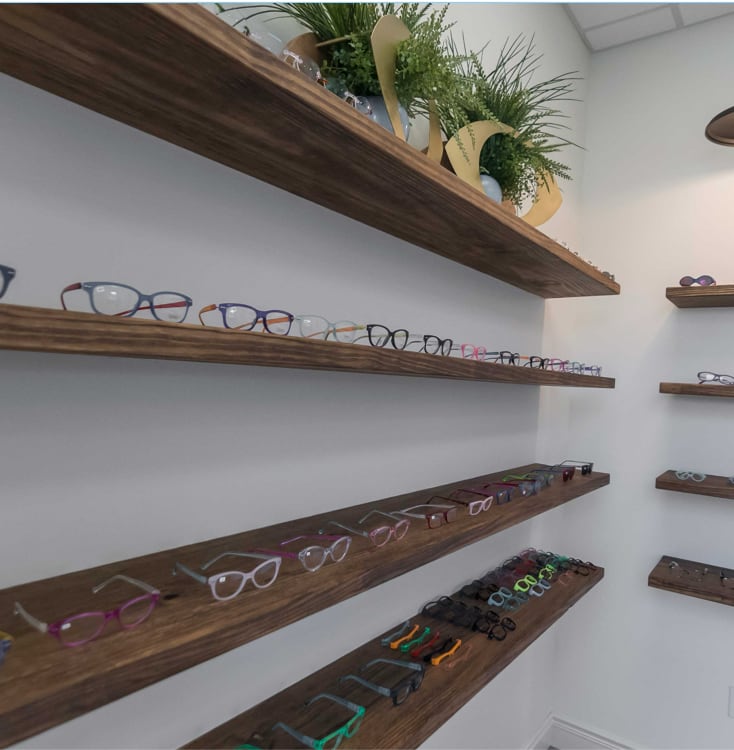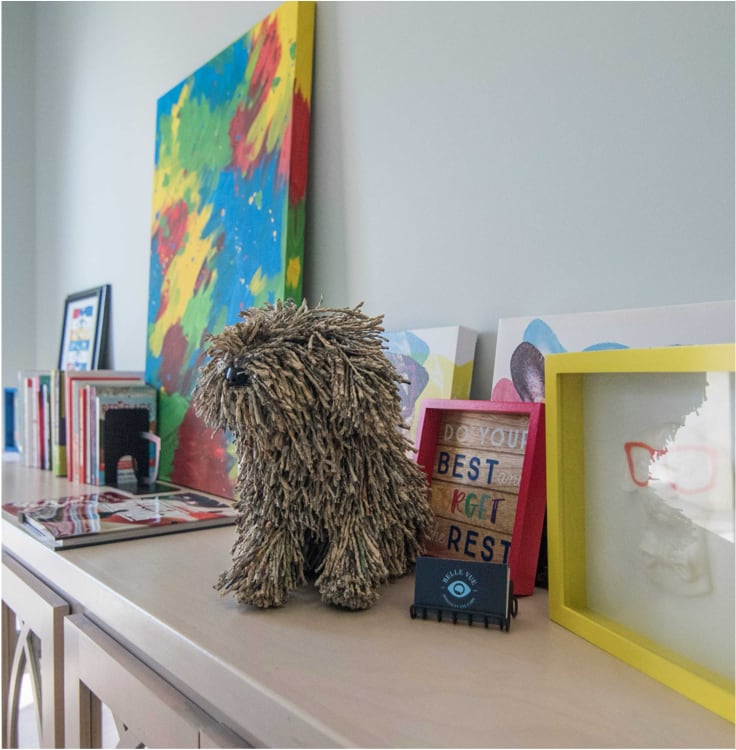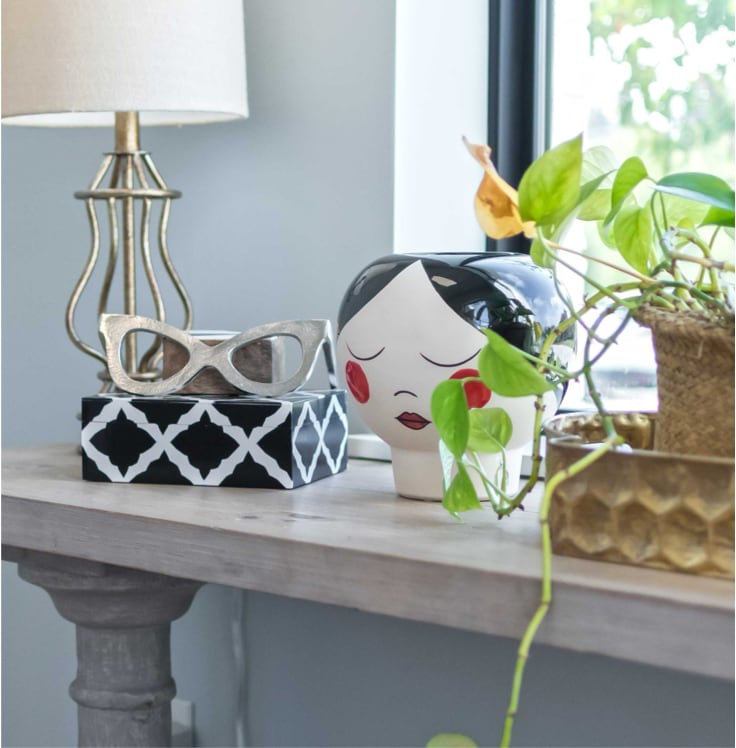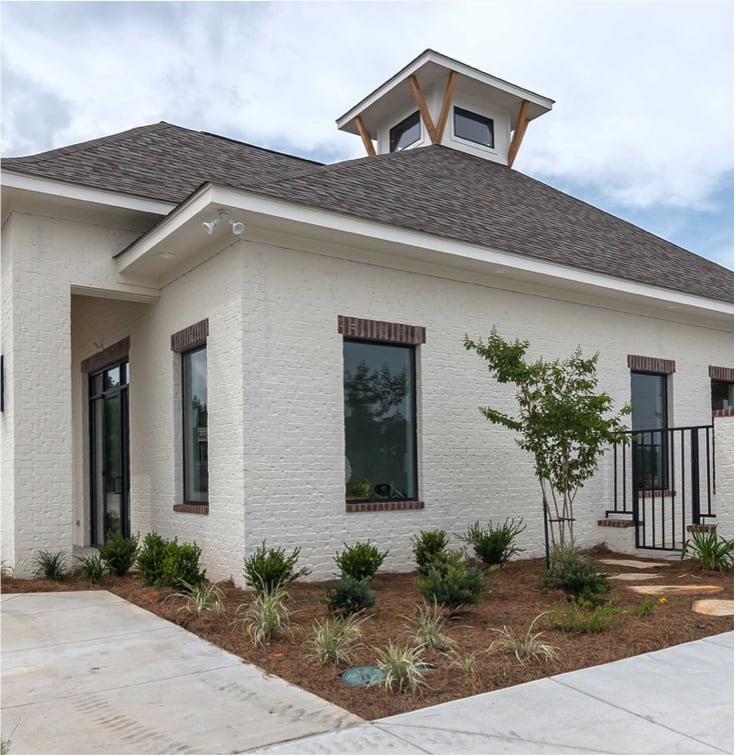Low vision can significantly impact a child’s ability to learn, play, and interact with their environment. For children with low vision, simple tasks like reading a book, recognizing faces, or navigating a classroom can be challenging.
Fortunately, low vision rehabilitation offers practical solutions to enhance the independence and quality of life of people with low vision.
With the right support system, like accessible learning tools and a nurturing environment, alongside effective strategies tailored to their needs, children with low vision can effectively navigate these challenges and thrive.
Understanding Low Vision in Children
Low vision refers to a significant visual impairment that cannot be fully corrected with glasses, contact lenses, medication, or surgery. Low vision is not always considered blindness since some useful may vision remain, but low vision can interfere with a person’s daily activities. Children with low vision are presented with various challenges when navigating the world, learning new tasks, making early intervention and tailored rehabilitation essential.
Common Causes of Low Vision in Children
Several factors can contribute to low vision in children, including:
- Congenital Conditions: These are present at birth and include conditions like albinism, congenital cataracts, juvenile glaucoma, and retinopathy of prematurity.
- Genetic Disorders: Conditions such as Leber’s congenital amaurosis, Retintis Prigmentosa and Stargardt disease are inherited and can severely impact visual function.
- Acquired Conditions: Diseases or injuries acquired after birth, such as traumatic brain injury or infections, can also lead to low vision.
Understanding the root causes of low vision can help personalize rehabilitation plans to address each child’s specific needs.
The Impact of Low Vision on a Child’s Daily Life
Children with low vision often face challenges that can affect their physical, emotional, and social well-being. These challenges may include:
- Difficulty in Reading and Writing: Struggling to see the board in class or read textbooks can hinder academic performance.
- Trouble with Mobility: Navigating unfamiliar environments can be daunting, increasing the risk of accidents.
- Social Interactions: Visual impairments can make it challenging to read facial expressions and body language, impacting social interactions.
Recognizing these challenges is the first step in providing effective support and intervention.
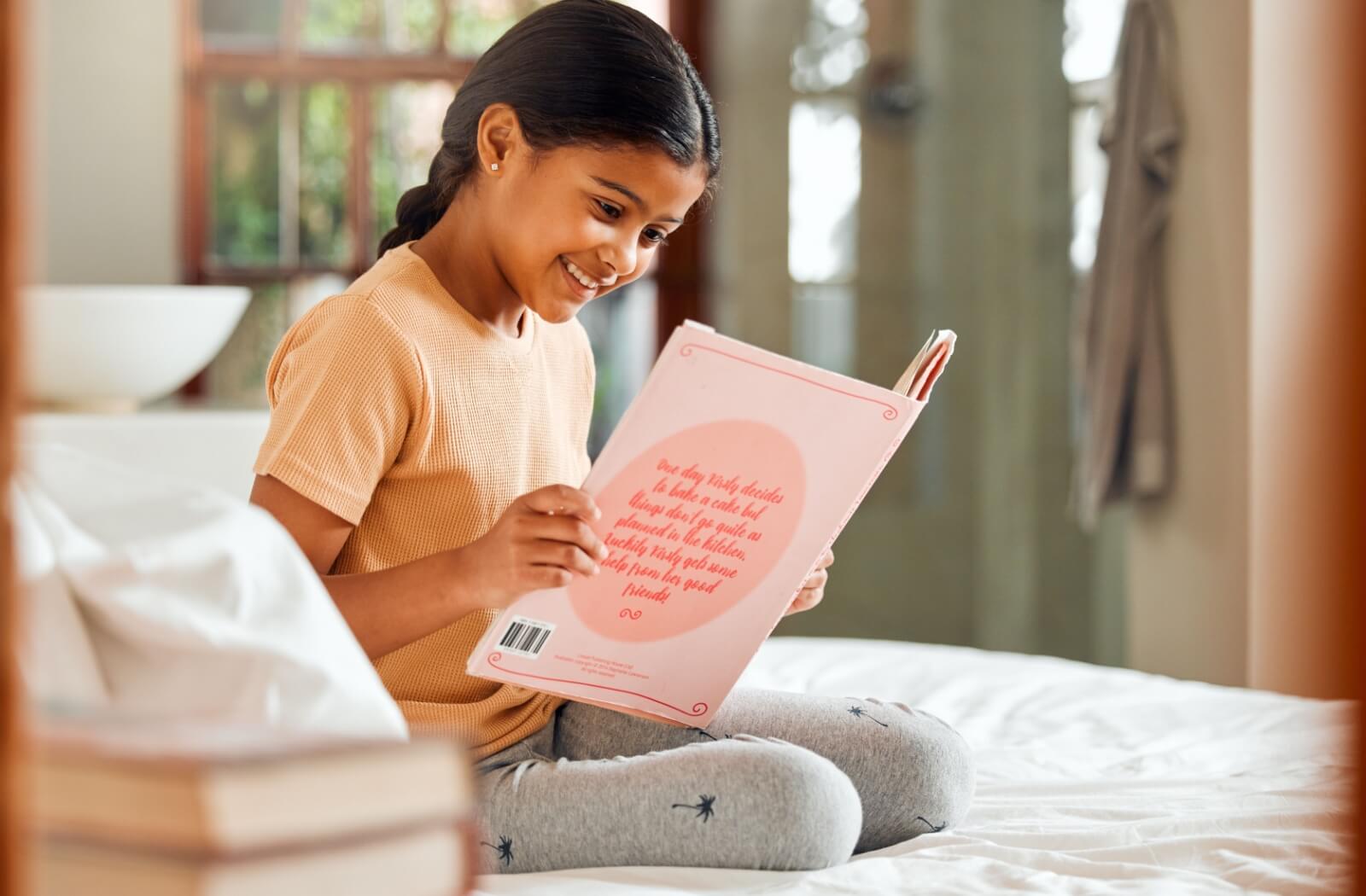
Types of Low Vision Aids & Devices for Kids
Various aids and devices can assist children with low vision, making daily activities more manageable. These include:
- Optical Aids: Magnifiers, telescopic lenses, and specialized glasses can help enlarge images and improve clarity.
- Non-Optical Aids: High-contrast materials, large-print books, and tactile markers provide additional support.
- Electronic Aids: Video magnifiers, screen readers, and apps designed for visually impaired users offer technological solutions.
When paired with a proper diagnosis, tools and treatment methods can be customized to meet each child’s specific needs, promoting greater independence.
What Is Low Vision Rehabilitation for Children?
Low vision rehabilitation is a specialized program crafted to assist children in maximizing their residual vision. It aims to equip them with innovative strategies and devices to carry out daily activities with greater efficiency and independence.
At Belle Vue Specialty Eye Care (Southern Low Vision), we pride ourselves on offering personalized programs that are specifically designed to cater to the needs of each child. Our dedicated team of experts works closely with children to enhance their functional abilities and improve their overall quality of life.
Through a combination of modern techniques and compassionate care, we strive to empower young individuals to navigate the world more confidently.
Techniques & Strategies for Pediatric Low Vision Rehabilitation
Effective rehabilitation involves a combination of techniques and strategies tailored to the child’s needs. These may include:
- Orientation and Mobility Training: Teaching children how to safely navigate their environments, both indoors and outdoors.
- Visual Skills Training: Exercises designed to improve the efficiency of the remaining vision, such as tracking and scanning exercises.
- Adaptive Techniques: Learning alternative methods for completing tasks, like using touch or auditory cues.
Our doctors and team work closely with families to ensure these strategies are integrated into the child’s daily routine.
The Role of Technology in Children’s Low Vision Rehabilitation
Technology has helped evolve the field of low-vision rehabilitation, offering solutions that enhance accessibility and independence. Some key advancements include:
- Augmented Reality (AR): AR devices can overlay digital information onto the real world, helping children better understand their surroundings.
- Wearable Devices: Smart glasses and other wearables can provide real-time visual and auditory feedback, assisting with navigation and communication.
- Educational Software: Specialized software programs can adapt learning materials to suit each child’s visual needs, making education more accessible.
Taking advantage of technological advancements allows us to provide cutting-edge care that meets the evolving needs of our patients.
Ready to Try Low Vision Rehabilitation?
Low vision rehabilitation is a powerful tool that can transform the lives of children with visual impairments. By leveraging various aids, techniques, and technology, we can help these children achieve greater independence and an enhanced quality of life.
At Belle Vue Specialty Eye Care, we are dedicated to providing compassionate and effective care tailored to each child’s needs. Book an appointment with our team today, and let’s take the first step toward enhancing your child’s independence and well-being.

